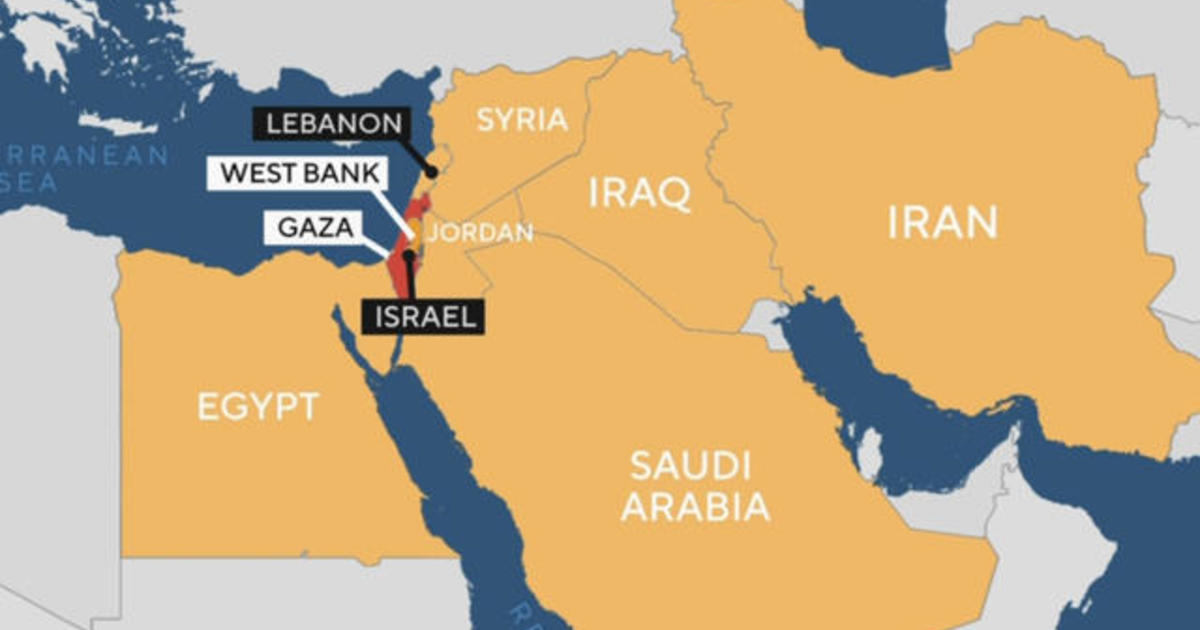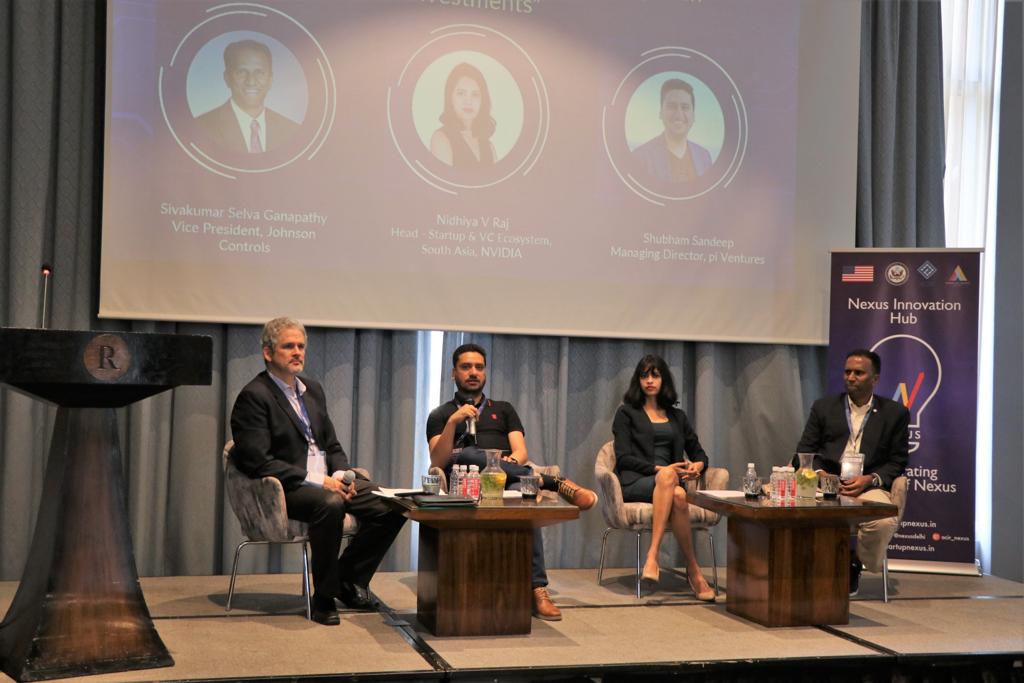Bapu Naryankar
It was like watching a chessboard, but instead of pawns and bishops, it was missiles and militants. One moment, the world’s attention was fixed on Gaza, where Israel had been relentlessly dismantling Hamas. Then, almost overnight, the target shifted north to Hezbollah, nestled in southern Lebanon. It felt abrupt, but in the geopolitical maze of the Middle East, nothing is ever that simple.
What caught my attention wasn’t just the fierce military action—it was the deafening silence from major global players. The U.S., Europe, Saudi Arabia… they all stood on the sidelines, seemingly indifferent to Israel’s escalating war with Hezbollah. Not a word of condemnation, not a murmur of concern. It was as if these terrorist groups were simply pieces on a grand chessboard, expendable and insignificant. The real game? That lay in the shadows, and I was determined to figure out what it was.
As I dug deeper, the contours of a much larger, more complex strategy began to emerge. At the heart of it were two colossal infrastructure projects: China’s Belt and Road Initiative and the newly minted India-Middle East-Europe Corridor. On one side, you had China, with ambitions as vast as its landmass, using its Belt and Road to weave itself into the fabric of global trade. Ports, roads, railways—it was all part of China’s strategy to dominate the world market, controlling the arteries of global commerce.
But where China expands, the U.S. feels threatened. Washington sees Beijing’s rise as a direct challenge to its own supremacy, especially in regions it once comfortably influenced. This fear isn’t just political; it’s economic. The U.S. knows that if China controls global trade routes, it could tilt the balance of power, especially in the volatile commodity markets. So, what does America do? It fights back, but not with guns and bombs—at least not directly. Instead, the U.S. has started curbing China’s access to cutting-edge technology, ordering its tech giants to withhold their best software from Chinese firms. And China has retaliated, vowing to ban foreign software by 2028.
Yet, the real battlefield is infrastructure. China’s investments are everywhere—ports in Africa, railways in Southeast Asia, even energy projects in Europe. But America, never one to sit idle, has responded by crafting its own counter: the India-Middle East-Europe Corridor. This isn’t just a trade route; it’s a bold strategy to reroute global commerce away from China’s Belt and Road. Picture it: goods leaving Mumbai, traveling to Dubai, and then overland through Saudi Arabia and Jordan, finally arriving at Israel’s Haifa port, a key gateway to Europe and the West.
This is where the pieces start to fall into place. Haifa is critical, but it’s also vulnerable—sitting just 50 kilometers from Hezbollah strongholds in southern Lebanon. Hezbollah, of course, is backed by Iran, and Iran has a dog in this fight too. They’re closely aligned with China and its Belt and Road Initiative. In other words, Hezbollah is a direct threat to the India-Middle East-Europe Corridor, and by extension, to U.S. and European interests.
Now, Israel, always playing the long game, has been given a green light to deal with this threat. The U.S. is all in—after all, it’s in their law to protect Israel, and now, protecting Israel means protecting the corridor. And that’s why, after a brutal year of fighting Hamas in Gaza, Israel has shifted its crosshairs north to Hezbollah. First, Israel disrupted their communications—cutting off walkie-talkies, pagers, anything Hezbollah uses to stay coordinated. Then, they began targeting Hezbollah leaders, waiting for them to emerge from their bunkers in the chaos. The biggest catch? Hassan Nasrallah, Hezbollah’s notorious chief, was eliminated in a surgical strike.
But this isn’t just about eliminating key figures. Israel’s goal is far more strategic—they want to cripple Hezbollah entirely, seize their weapons, and ensure they can never threaten Haifa or the corridor again. And that’s why Saudi Arabia, Europe, and the U.S. remain silent. They’re all playing the same game. Hezbollah is a thorn in their collective side, and its removal is crucial to securing this massive economic corridor.
In the middle of all this, there’s Iran, fuming quietly in the background. Their long-standing rivalry with Saudi Arabia is flaring up once again, fueled by the ancient Sunni-Shia divide. Iran hates that Saudi Arabia is part of this new corridor and hates even more that its own allies—Hamas and Hezbollah—are being systematically dismantled by Israel with Western backing. Ayatollah Khomeini and other Iranian leaders have gone underground, signaling just how serious this game has become.
And in all of this, Netanyahu’s recent speech at the UN made it crystal clear: Israel’s growing ties with Saudi Arabia and Jordan are no coincidence. They’re all pawns—or perhaps knights—in this intricate, high-stakes chess game, where control of the world’s trade routes is the ultimate prize.
The silence from the U.S., Europe, and Saudi Arabia isn’t just diplomatic restraint—it’s a calculated move in a game much larger than any one war. It’s about securing the future of global commerce, locking in influence for decades to come, and making sure that when the dust settles, they’re the ones left standing at the center of the world’s most critical trade routes.





